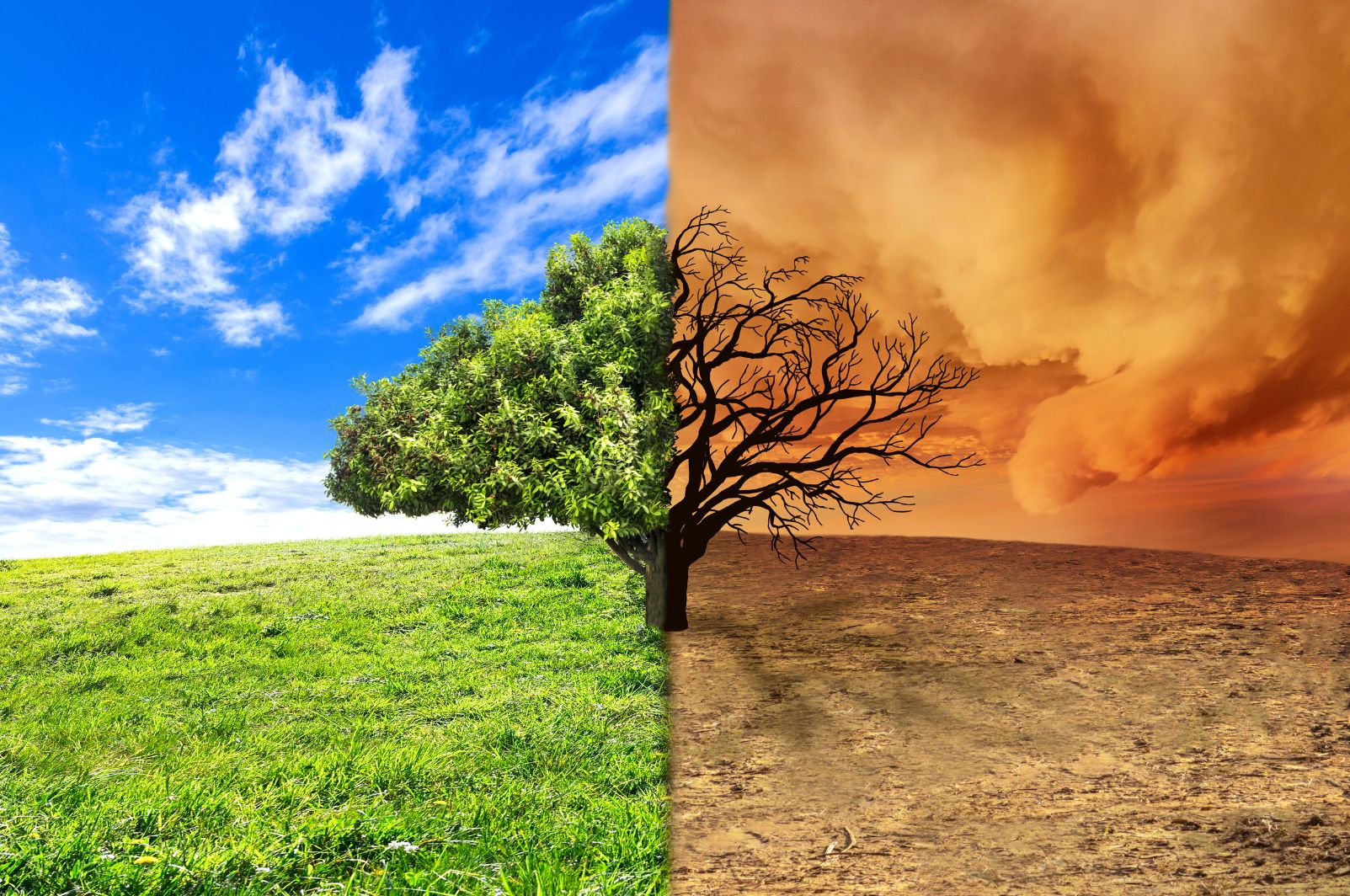
Blog
How Tree Planting Helps Combat Climate Change

Trees are among the most powerful and versatile tools we have to combat climate change. Their ability to absorb carbon dioxide (CO2), a major greenhouse gas, through the process of photosynthesis makes them invaluable in the fight against global warming. Here’s a closer look at how tree planting can help mitigate climate change and why it’s essential for our planet’s future.
Carbon Sequestration
One of the primary ways trees help combat climate change is through carbon sequestration. Trees absorb CO2 from the atmosphere and store it as carbon in their trunks, branches, leaves, and roots. This process not only removes CO2 from the air but also helps to offset emissions from human activities such as burning fossil fuels for energy, transportation, and industrial processes. Mature forests are particularly effective at sequestering carbon, storing large amounts of carbon over their lifetimes.
Improving Air Quality
In addition to capturing carbon, trees also release oxygen as a byproduct of photosynthesis, which is essential for the survival of most living organisms. By improving air quality, trees help to create healthier environments for humans and wildlife alike. Urban areas, in particular, benefit from increased tree cover, as trees can filter pollutants and particulate matter from the air, reducing respiratory illnesses and improving overall public health.
Cooling Urban Areas
Trees play a significant role in cooling urban environments. Through the process of transpiration, where trees release water vapor from their leaves, they help to lower temperatures. This cooling effect is crucial in cities, where concrete and asphalt absorb and retain heat, creating “urban heat islands.” By providing shade and cooling the air, trees can reduce the need for air conditioning, leading to lower energy consumption and reduced greenhouse gas emissions from power plants.
Reducing Energy Consumption
Strategically planted trees around buildings can significantly reduce energy consumption. In the summer, shade from trees can lower cooling costs by blocking direct sunlight and reducing indoor temperatures. In the winter, trees can act as windbreaks, reducing heating costs by shielding buildings from cold winds. This dual benefit helps to decrease the demand for fossil fuel-based energy, further mitigating climate change.
Preventing Soil Erosion and Protecting Water Resources
Trees also help to prevent soil erosion and protect water resources. Their root systems stabilize the soil, reducing the risk of erosion caused by wind and water. By maintaining soil structure, trees help to preserve soil fertility and prevent the loss of valuable topsoil. Additionally, trees play a critical role in the water cycle. They absorb and filter rainwater, reducing runoff and improving water quality. Healthy forests and tree cover in watersheds are vital for maintaining clean and reliable sources of fresh water.
Supporting Biodiversity
Healthy forests and diverse tree populations provide habitats for countless species of plants, animals, and microorganisms. This biodiversity is essential for ecosystem resilience and adaptation to climate change. By planting a variety of native tree species, we can help to maintain and enhance biodiversity, ensuring that ecosystems remain robust and capable of supporting a wide range of life forms.
Engaging Communities and Raising Awareness
Tree planting initiatives offer an excellent opportunity to engage communities and raise awareness about climate change. When people participate in tree planting activities, they develop a deeper connection to the environment and a greater understanding of the importance of sustainability. Community-based tree planting projects can foster a sense of stewardship and responsibility, encouraging individuals to take action in their own lives to reduce their carbon footprint and support environmental conservation.
Conclusion
Tree planting is a straightforward yet highly effective strategy for combating climate change. The benefits of trees extend far beyond carbon sequestration, encompassing air quality improvement, urban cooling, energy conservation, soil stabilization, water protection, and biodiversity support. By investing in tree planting initiatives and encouraging community involvement, we can take significant steps towards a more sustainable and resilient future. Each tree planted is a step towards healing our planet and securing a healthier environment for generations to come.
